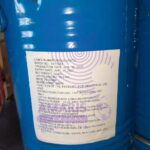
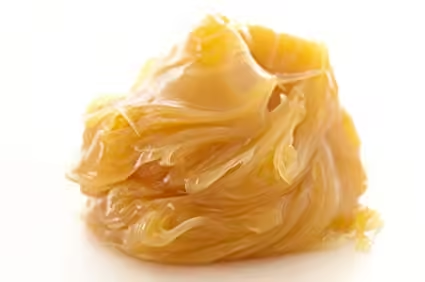
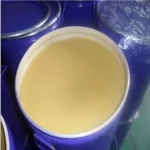
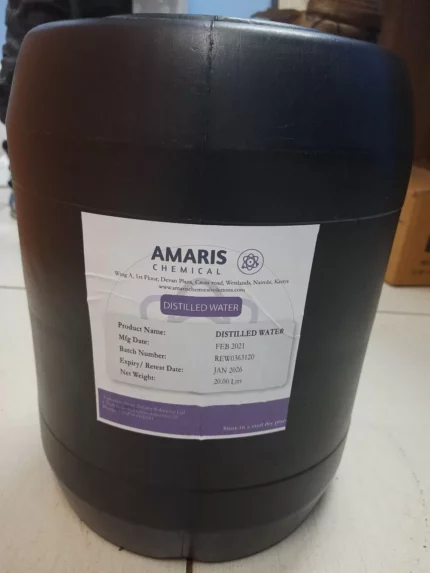
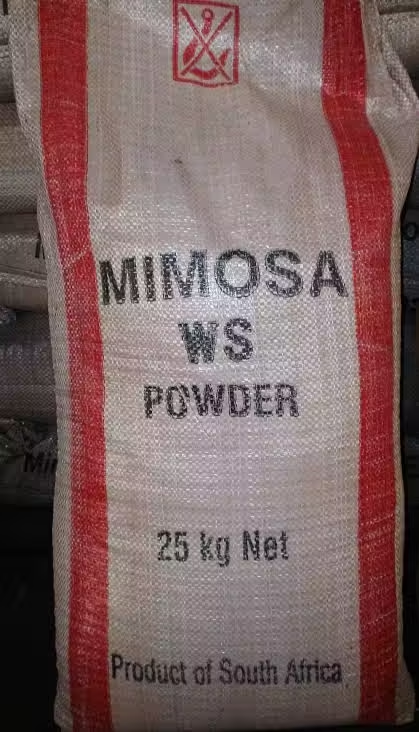
Lanolin Anhydrous
$96,000.00 Original price was: $96,000.00.$91,780.00Current price is: $91,780.00.
Lanolin Anhydrous USP refers to a high-quality, refined, and purified substance derived from the natural waxy secretion of sheep’s wool. It is processed to remove impurities, water, and other components, resulting in a pure form of lanolin. Lanolin itself is a complex mixture of esters, alcohols, and fatty acids, and the anhydrous USP grade ensures it contains minimal to no water content. This refined lanolin is commonly used in various cosmetic and pharmaceutical products for its emollient, moisturizing, and protective properties, serving as a skin-conditioning agent and helping to soothe and hydrate the skin
Uses of Lanolin Anhydrous
Primary Uses of Lanolin Anhydrous
-
Skincare & Cosmetics
-
Moisturizer: Used in lip balms, lotions, creams, and ointments due to its ability to lock in moisture.
-
Protective Barrier: Forms an occlusive layer on skin, protecting against dryness and chapping.
-
Baby Care: Found in diaper rash creams and nipple creams for breastfeeding mothers.
-
-
Pharmaceuticals & Medical
-
Ointment Base: Used in medicated creams (e.g., for eczema, psoriasis, and minor burns).
-
Wound Healing: Promotes skin repair in minor cuts and abrasions.
-
-
Hair Care Products
-
Conditioner: Added to hair pomades, serums, and treatments to soften and add shine.
-
-
Industrial Lubricants & Rust Prevention
-
Used in machinery lubricants (especially in humid conditions).
-
Prevents rust on metal surfaces.
-
Secondary Uses of Lanolin Anhydrous
-
Leather & Textile Conditioning
-
Softens and waterproofs leather goods (shoes, bags).
-
Used in wool processing to restore natural oils.
-
-
Adhesives & Sealants
-
Improves flexibility in certain industrial adhesives.
-
-
Food-Grade Lubricants
-
Used in food processing machinery (approved in small quantities).
-
-
Veterinary & Animal Care
-
Applied to livestock skin (e.g., udder balms for cows).
-
-
Art & Craft Supplies
-
Used in oil painting mediums to modify texture.
-
-
Musical Instrument Maintenance
-
Conditions wooden instruments (e.g., violins, guitars).
-
| APPEARANCE |
Greasy – Soft, lubricating e.g., petroleum jelly |
|---|---|
| AVAILABLE PACK SIZE |
50kg( Metal or Plastic Jerrycan/ Bucket, Bag, Box, Polythene bag, Carton bag) |
1. Basic Identification Attributes
- Chemical Name:Wool Wax (Pharmaceutical Grade)
- CAS Number:8006-54-0
- HS Code:00.00 (Wool grease and fatty substances derived therefrom)
- Molecular Formula:Complex mixture of esters (~97%) and polyesters (~3%) of high molecular weight alcohols and fatty acids
- Synonyms:Wool fat, Adeps Lanae, Lanolin USP, Degraslan
2. Physical & Chemical Properties
- Physical State:Yellowish, viscous semi-solid
- Color & Odor:Pale yellow to amber; characteristic mild odor
- Melting Point:38-42°C (softens at body temperature)
- Density:93-0.97 g/cm³ at 40°C
- Solubility:
- Insoluble in water (absorbs up to 40% water)
- Soluble in chloroform, ether, petroleum ether
- Partially soluble in hot ethanol
- Acid Value:≤1.0 mg KOH/g (USP grade)
- Saponification Value:90-105 mg KOH/g
- Hydroxyl Value:140-160 mg KOH/g
- Water Content:≤0.25% (anhydrous grade)
- Viscosity:6,000-12,000 mPa·s at 40°C
3. Safety & Hazard Attributes
- Hazard Class (GHS):Not classified as hazardous
- NFPA Ratings:
- Health: 0| Flammability: 1 | Reactivity: 0
- Exposure Limits:No established PEL/TLV
- Reactivity:
- Stable under normal conditions
- Avoid strong oxidizing agents
- Allergenic Potential:Low incidence of contact dermatitis (0.5-1.7% of population)
4. Storage & Handling Attributes
- Storage Conditions:
- Store at 15-30°C in airtight containers
- Protect from light and moisture
- Incompatible Materials:Strong oxidizers, strong acids/bases
- Container Type:
- Stainless steel or aluminum containers
- Polyethylene-lined drums for small quantities
- Shelf Life:5 years when properly stored
- Special Handling:
- May require heating (40-50°C) for transfer
- Use food-grade equipment for pharmaceutical applications
5. Regulatory & Compliance Attributes
- Regulatory Status:
- USP/NF:Complies with USP43-NF38 monograph
- EP:Meets European Pharmacopoeia 10.0 requirements
- FDA:21 CFR 184.1979 (GRAS as indirect food additive)
- EU:EC/1223/2009 approved for cosmetics
- Certifications:
- ISO 9001:2015 (pharmaceutical grade)
- Halal/Kosher certified options available
- Transportation Restrictions:Not classified as dangerous goods
- Waste Disposal:Incinerate as non-hazardous waste
Personal Protective Equipment (PPE):
- Skin Protection: Wear gloves (nitrile or latex) if handling large quantities to prevent greasy residue.
- Eye Protection: Safety goggles if there’s a risk of splashes (low hazard).
- Respiratory Protection: Generally not required unless handling powdered forms (uncommon).
- Clothing: Lab coat or apron to avoid staining fabrics.
Handling & Storage:
- Store in a cool, dry place away from direct sunlight (to prevent oxidation).
- Keep containers tightly sealed to avoid contamination.
- Use stainless steel or plastic tools for handling (non-reactive).
- Avoid mixing with strong oxidizers (potential fire risk if heated).
Workplace Hygiene:
- Wash hands with soap and water after handling.
- Clean spills with absorbent materials (e.g., paper towels) to prevent slips.
Skin Contact:
- Wash with soap and warm water to remove residue.
- If irritation occurs, apply a moisturizer and seek medical advice if persistent.
Eye Contact:
- Rinse gently with lukewarm water for 15 minutes.
- Seek medical attention if irritation persists (unlikely).
Ingestion:
- Unlikely to be harmful in small amounts.
- Rinse mouth with water; do NOT induce vomiting.
- Seek medical advice only if large amounts are ingested (low toxicity).
Inhalation:
- Not a significant hazard (low volatility).
- Move to fresh air if discomfort occurs.
Firefighting Measures
Lanolin anhydrous is non-flammable but may burn if exposed to extreme heat.
Extinguishing Media:
- Water spray, foam, CO₂, or dry chemical (if involved in a fire).
- Avoid water jets (may spread molten lanolin).
Special Hazards:
- Decomposition products may include acrid smoke and fumes (CO, CO₂).
- Firefighters should wear SCBA in enclosed spaces.
Spill Response:
- Small spills: Wipe with absorbent material (e.g., paper towels).
- Large spills: Contain with barriers, scoop into a disposal container.


 Emollients
Emollients Humectants
Humectants UV Filters
UV Filters Surfactants (cosmetic)
Surfactants (cosmetic) Preservatives (cosmetic)
Preservatives (cosmetic) Fragrances and Essential Oils
Fragrances and Essential Oils Antioxidants (cosmetics)
Antioxidants (cosmetics)
 Solvents (lab)
Solvents (lab) Chromatography Chemicals
Chromatography Chemicals Microbiology and Cell Culture Reagents
Microbiology and Cell Culture Reagents Biochemical Reagents
Biochemical Reagents Inorganic and Organic Standards
Inorganic and Organic Standards LABORATORY EQUIPMENT & APPARATUS
LABORATORY EQUIPMENT & APPARATUS Spectroscopy Reagents
Spectroscopy Reagents Molecular Biology Reagents
Molecular Biology Reagents
 Precious Metal Extraction Agents
Precious Metal Extraction Agents
 Plasticizers
Plasticizers Polymerization Initiators
Polymerization Initiators Stabilizers
Stabilizers Monomers
Monomers Fillers and Reinforcements
Fillers and Reinforcements Antioxidants (plastics)
Antioxidants (plastics) Colorants (plastic pigments,Dyes)
Colorants (plastic pigments,Dyes)
 Fertilizers
Fertilizers Plant Growth Regulators
Plant Growth Regulators Soil Conditioners
Soil Conditioners Animal Feed Additives
Animal Feed Additives Biostimulants
Biostimulants
 Dough Conditioners
Dough Conditioners Flour Treatments
Flour Treatments Fat Replacers
Fat Replacers Preservatives (baking)
Preservatives (baking)
 Surfactants (cleaning)
Surfactants (cleaning) Builders
Builders Bleaching Agents
Bleaching Agents Enzymes
Enzymes Solvents (cleaning)
Solvents (cleaning) Fragrances
Fragrances Disinfectant
Disinfectant Metal cleaning
Metal cleaning
 Binders/Resins
Binders/Resins Pigments
Pigments Solvents (paint)
Solvents (paint) Additives
Additives Driers
Driers Anti-Corrosion Agents
Anti-Corrosion Agents Specialty Coatings
Specialty Coatings Functional Coatings
Functional Coatings Application-Specific Coatings
Application-Specific Coatings
 Sealants and Adhesives
Sealants and Adhesives
 Biodegradable Surfactants
Biodegradable Surfactants Bio-based Solvents
Bio-based Solvents Renewable Polymers
Renewable Polymers Carbon Capture Chemicals
Carbon Capture Chemicals Wastewater Treatment Chemicals
Wastewater Treatment Chemicals
 Preservatives (food)
Preservatives (food) Flavor Enhancers
Flavor Enhancers Acidulants
Acidulants Sweeteners
Sweeteners Emulsifiers
Emulsifiers Antioxidants (food)
Antioxidants (food) Colorants (food)
Colorants (food) Nutrient Supplements
Nutrient Supplements Nutraceutical Ingredients
Nutraceutical Ingredients
 Fresh Herbs
Fresh Herbs Whole Spices
Whole Spices Ground Spices
Ground Spices Spice Blends
Spice Blends
 Surfactants(oil)
Surfactants(oil)
 Antibiotics
Antibiotics Active Pharmaceutical Ingredients
Active Pharmaceutical Ingredients Excipients
Excipients Vaccine Adjuvants
Vaccine Adjuvants Nutraceutical Ingredients
Nutraceutical Ingredients Solvents (pharmaceutical)
Solvents (pharmaceutical)
 Automotive chemicals
Automotive chemicals Pyrotechnic Chemicals
Pyrotechnic Chemicals


 Vulcanizing Agents
Vulcanizing Agents Accelerators & Retarders
Accelerators & Retarders Antidegradants
Antidegradants Reinforcing Agents
Reinforcing Agents Plasticizers & Softeners
Plasticizers & Softeners Fillers & Extenders
Fillers & Extenders Blowing Agents
Blowing Agents Adhesion Promoters
Adhesion Promoters
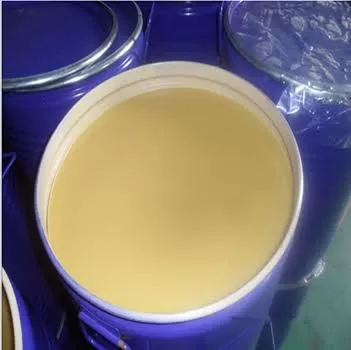
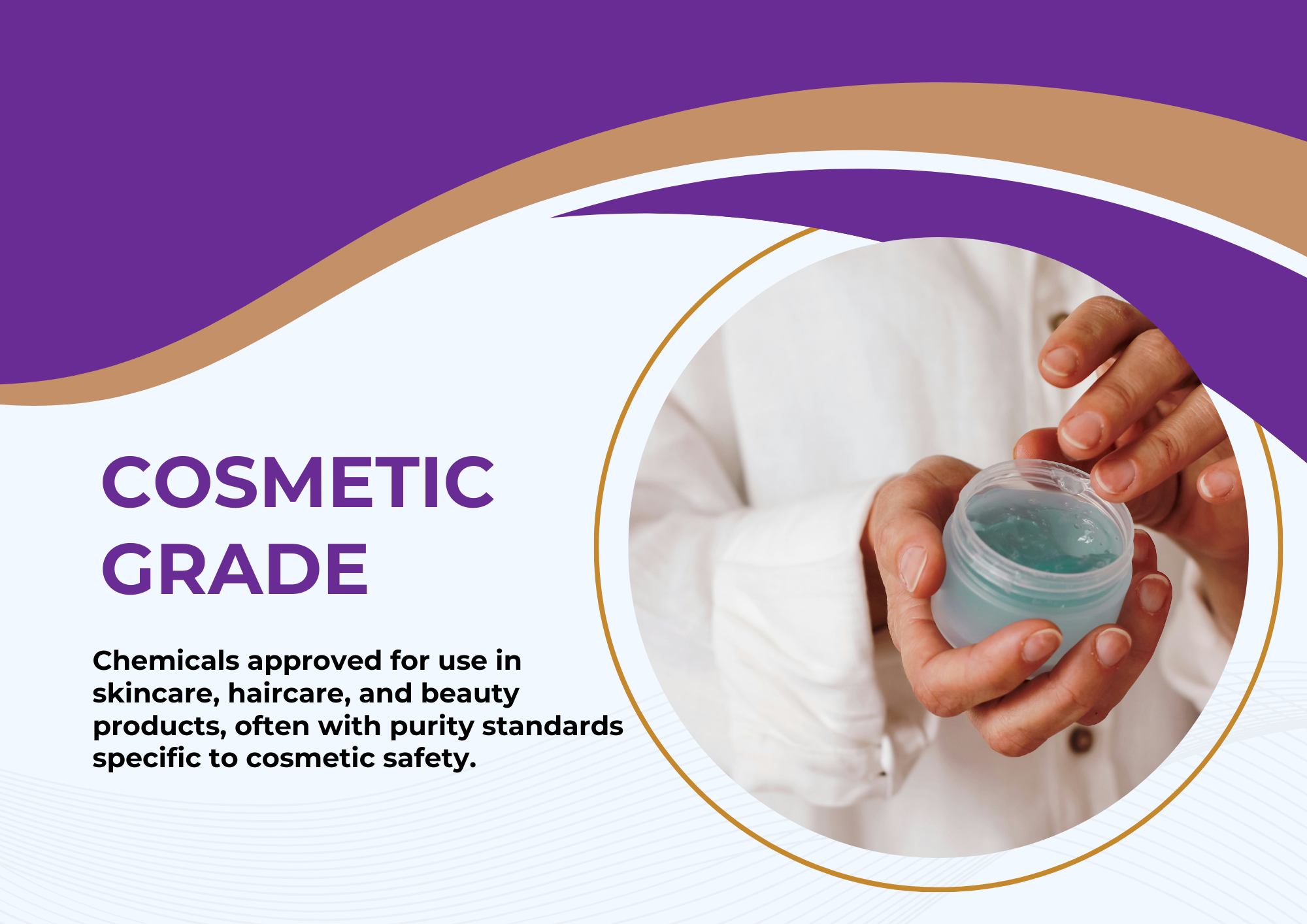

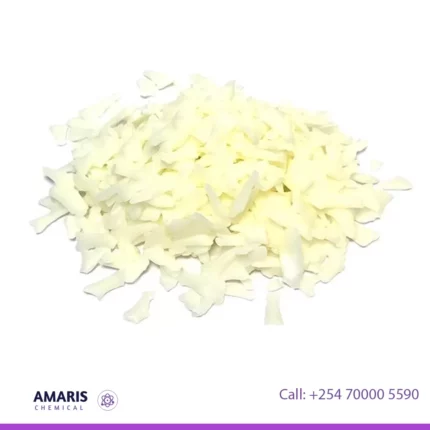
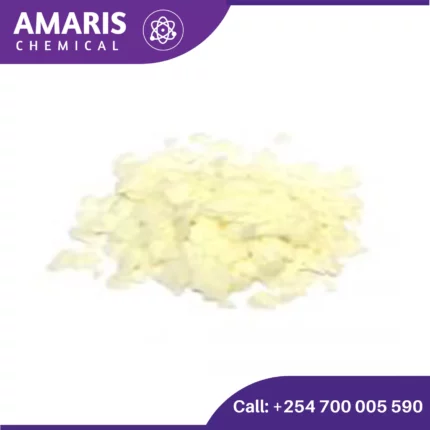


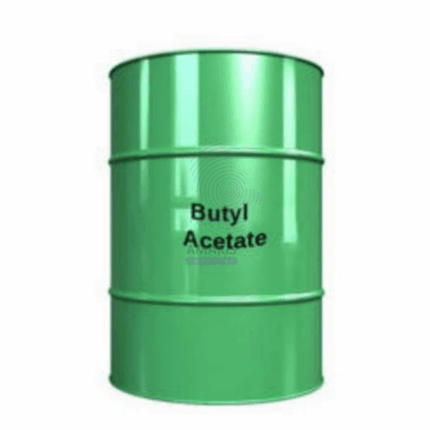
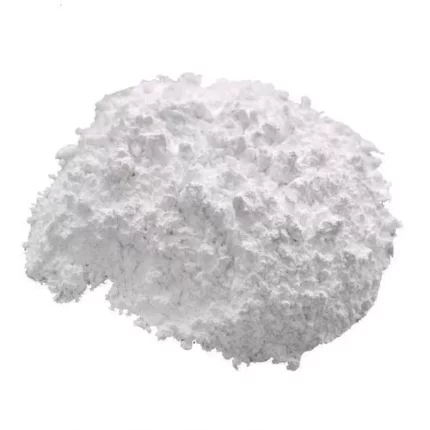
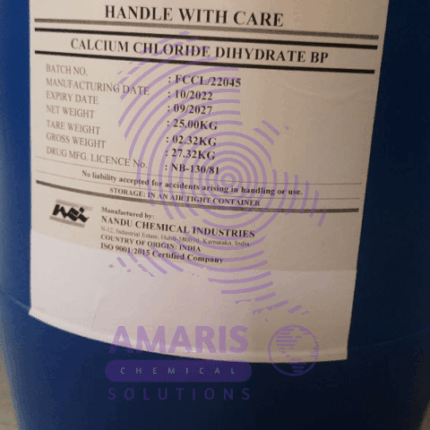
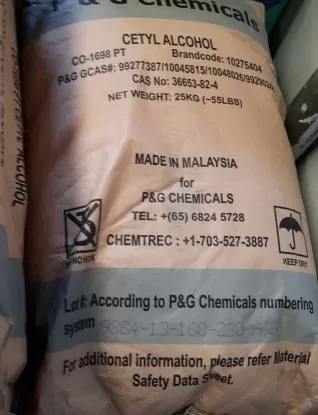
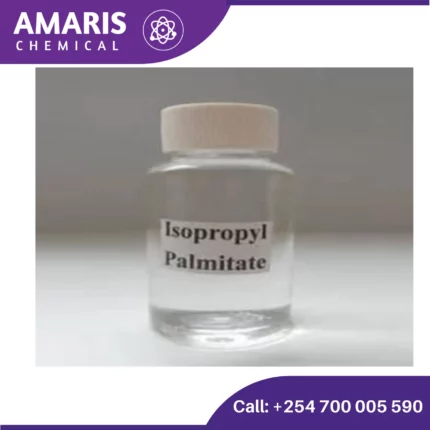













Reviews
There are no reviews yet.